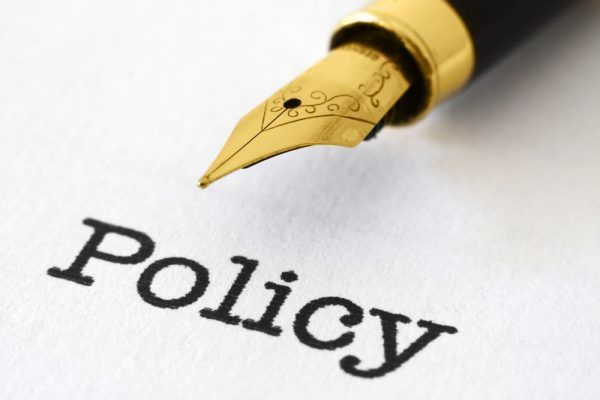2 min read
13 things you should include in your sexual harassment policy
By Charles Power
Implementing a thorough sexual harassment policy in your workplace is a vital step towards preventing unacceptable behavior occurring in the first place.
Here is what you should include in it:
- A strong statement on the company’s attitude to sexual harassment. Your policy should clearly state that your company is committed to ensuring the workplace is free from sexual harassment and that it will not tolerate such behaviour.
- An outline of the company’s objectives regarding sexual harassment. For example, these objectives could include:
- creating a working environment free from sexual harassment;
- implementing training and awareness strategies; and
- providing an effective procedure for sexual harassment complaints.
- A clear, legally correct definition of sexual harassment. Check out the brand new sexual harassment chapter in your next Employment Law Practical Handbook update for an appropriate definition to use.
- Some examples of sexual harassment. By giving examples of sexual harassment, you can make it clear to your employees the kind of behaviour that is not acceptable.
- An explanation of what is not sexual harassment. This will help clarify for your employees what type of behaviour is acceptable.
- A statement that sexual harassment is against the law. You should refer to the federal, State or Territory anti-discrimination laws that apply to your organisation.
- A list of the circumstances in which sexual harassment may occur. For example, this list should include who can commit sexual harassment and when.
- The consequences of sexual harassment. Your policy must include the specific consequences that will apply to anyone that breaches the policy.
- The responsibilities of management. For example, a manager’s responsibilities when it comes to sexual harassment could include:
- monitoring the working environment;
- modelling appropriate behaviour;
- promoting the sexual harassment policy within their area;
- treating all complaints seriously and taking immediate action to resolve them; and
- referring a complaint if they feel they are not the best person to deal with the situation.
- Responsibilities of employees. For example, employees’ responsibilities could include:
- complying with the company’s sexual harassment policy;
- offering support to anyone being harassed; and
- maintaining complete confidentiality if they provide information during an investigation of a complaint.
- Information on where employees can get assistance. Your policy should tell your employees where they can get help if they need it. For example, you may advise your employees to approach:
- a manager;
- a sexual harassment contact officer;
- a human resources manager; or
- their union delegate.
- A brief summary of options. Use the policy to advise your employees about the different ways that sexual harassment complaints could be addressed.
- The commitment of the CEO. By showing that the CEO or senior management team are committed to the policy, you can demonstrate how important it is that employees abide by it.
For more information on sexual harassment in the workplace and on each of the above points, check out the brand new Sexual Harassment chapter in your next Employment Law Practical Handbook update. It’s due on your desk shortly!
Get the latest employment law news, legal updates, case law and practical advice from our experts sent straight to your inbox every week.

